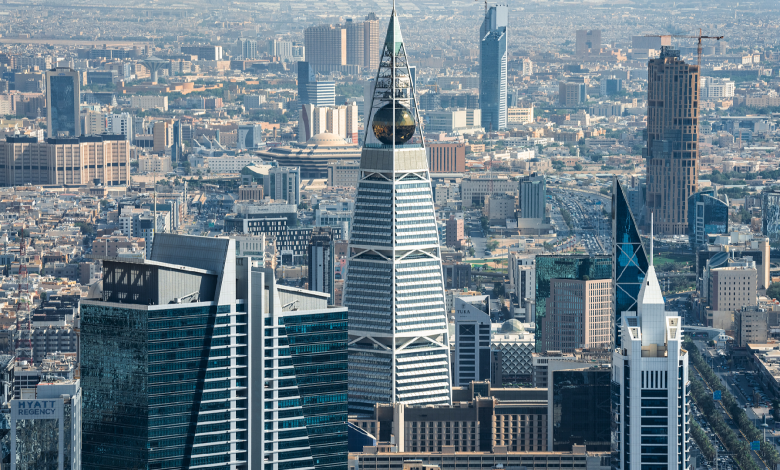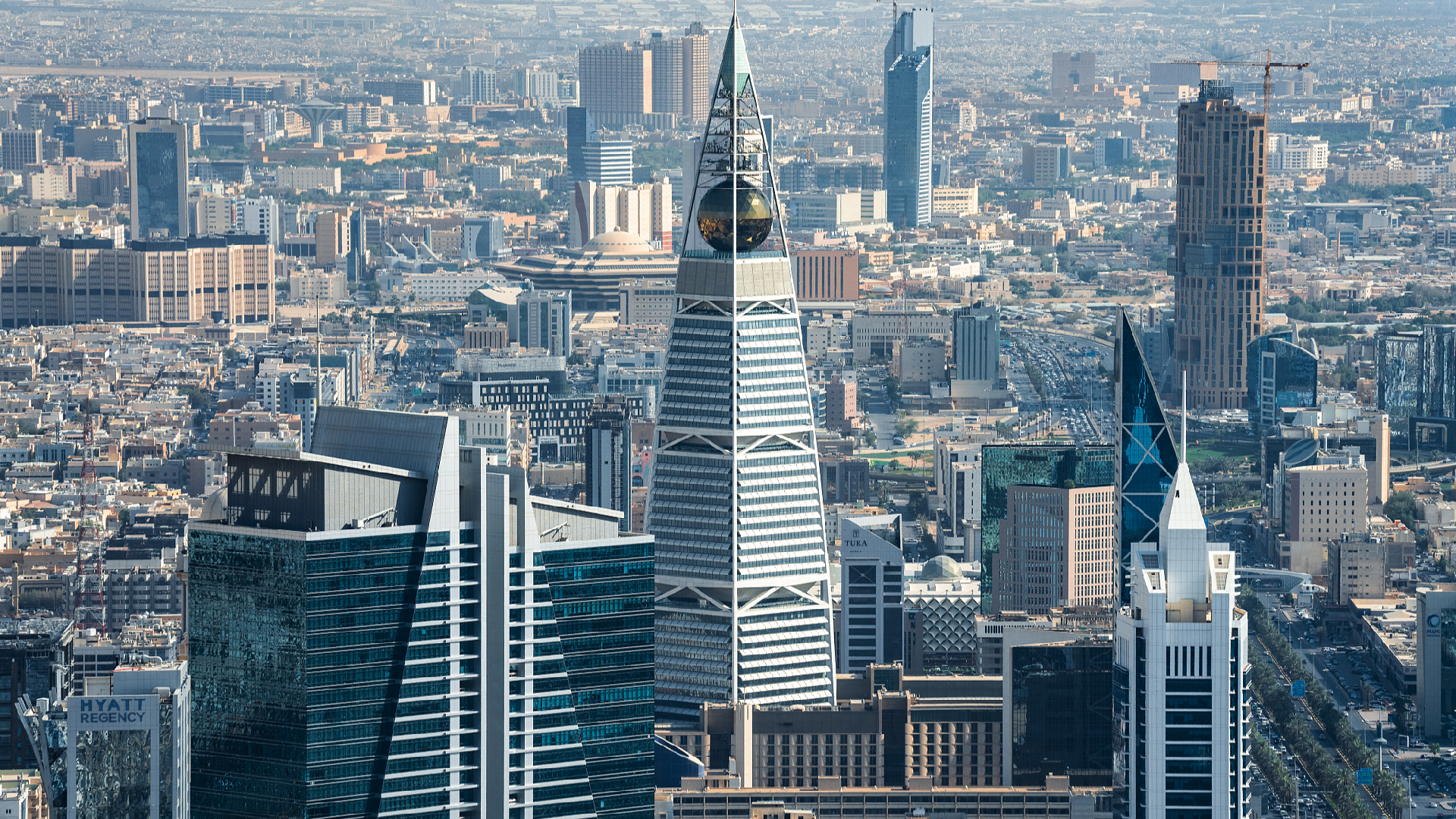Are Middle Eastern countries 'looking east'?


Editor’s note: Liu Chang is an assistant research fellow at the Institute of Russian, East European and Central Asian Studies, Chinese Academy of Social Sciences. Liu Long is a research assistant at the Center for Globalization Studies, School of Social Sciences, Tsinghua University. The article reflects the authors’ opinions and not necessarily the views of CGTN.
If there is a region in the international community that can always hit a raw nerve with the world, it must be the Middle East. But fortunately, in recent years, there has been more good news in this region. Gulf countries have restarted dialogue and cooperation; Türkiye has gradually improved relations with its neighboring countries; in April 2023, old enemies Saudi Arabia and Iran resumed diplomatic relations. This war-torn region seems to be entering a new era characterized by political reconciliation and economic development. Although the United States continues to shrink its strategy in the Middle East, panic and chaos have not arrived. The Middle East seems to have found a new way to deal with it, that is, by “looking east.”
“Looking east” means strengthening cooperation with emerging countries such as China, Russia and India, especially with China. For Middle Eastern countries, “looking east” is no longer an option, but an ongoing undertaking. At present, 20 of the 22 countries in the Middle East have signed Belt and Road Initiative (BRI) cooperation documents with China. Some countries have also established special coordination and docking mechanisms for BRI cooperation, such as the High-Level Chinese-Saudi Joint Committee and China-Egypt production capacity cooperation mechanism. Traditional multilateral mechanisms such as the China-Arab States Cooperation Forum have also been revitalized in the joint construction of BRI. The construction of the China-Saudi Arabia (Jizan) Industrial Park, Saudi Arabia Dammam Port and the Türkiye Kumport Terminal and so on have become new calling cards for China’s cooperation with Middle Eastern countries.
Among them, the cooperation between China and Saudi Arabia is particularly eye-catching. In 2023, the bilateral trade volume between Saudi Arabia and China exceeded $100 billion, and it continued to grow in the first half of this year. The trade volume between Saudi Arabia and China is equivalent to 90 percent of the total trade volume between Saudi Arabia and the Group of Seven (G7) countries.
<img src='https://news.cgtn.com/news/2024-09-13/Are-Middle-Eastern-countries-looking-east–1wRi4fqsKXu/img/df2120b297774121b9da96627333e4a3/df2120b297774121b9da96627333e4a3.jpeg' alt='A view of the City skyline in Riyadh, Saudi Arabia, October 2, 2023. /CFP'
The connection of development strategies has been further deepened. Saudi Arabia is one of the first countries to respond to the BRI actively. In 2016, Saudi Arabia proposed Vision 2030, starting a deep transformation and reform and opening-up from the inside out. The connection between BRI and Saudi Arabia’s Vision 2030 is being increasingly strengthened, and the cooperation between the two countries in the fields of economy and trade, production capacity, finance, infrastructure construction and other areas continues to develop in an in-depth manner. Many Chinese companies are actively involved in the construction of major projects such as NEOM, The Line and the Red Sea Project.
Economic cooperation continues to deepen. At present, China is Saudi Arabia’s largest trading partner, and Saudi Arabia is China’s largest trading partner in the West Asia and North Africa region. There are about 750 Chinese enterprises and companies doing business in Saudi Arabia, and this number is still increasing. In recent years, Saudi Arabia has continuously increased its investment in China. The Saudi Public Investment Fund, Saudi Aramco, Saudi Basic Industries Corporation and many private enterprises have made high-level investments in the East. In 2023, the central banks of the two countries signed a bilateral local currency swap agreement of 50 billion yuan, or 26 billion Saudi riyals, to further promote the facilitation of trade and investment between the two sides.
The green industry has become a new growth point for bilateral cooperation. One of the main goals of Vision 2030 is to promote Saudi Arabia’s domestic economic transformation and get rid of its dependence on oil. China has formed an international leading advantage in industries such as new energy vehicles, lithium-ion batteries and photovoltaic products, and occupies an important position in the international clean energy market. Both China and Saudi Arabia attach great importance to the development of renewable energy and continue to strengthen cooperation in the fields of solar energy, wind energy, hydropower and hydrogen energy.
<img src='https://news.cgtn.com/news/2024-09-13/Are-Middle-Eastern-countries-looking-east–1wRi4fqsKXu/img/111ffcaca2ba436fb5990766ac04aacd/111ffcaca2ba436fb5990766ac04aacd.jpeg' alt='A ship set to sail to Jeddah Port in Saudi Arabia along the Belt and Road Initiative route, Ningbo, east China's Zhejiang Province, June 19, 2024. /CFP'
The ancient Silk Road once connected China and Saudi Arabia. During the Ming Dynasty, Chinese navigator Zheng He sailed to Jeddah, Mecca, Medina and other places, connecting trade and civilization through the sea. Zheng significantly contributed to the exchanges, development and integration of countries along the route. Today, the deepening cooperation between China and Saudi Arabia will not only benefit the economic development and people’s well-being of the two countries, but will also bring positive forces to regional stability and prosperity.
(Cover via CFP)





